The US and Russia follow different philosophies of military
technology, with different outcomes.
Two explanations for these different approaches:
1) The USA/NATO have the benefit of a vast amount of technical
innovation and R&D from civilian industry, which can be adapted to military
use.
2) Russian doctrine is based on fighting a war like WW2 –
i.e. a long all-out war, in Eastern Europe or Russia itself, with the survival
of the nation at stake, and a willingness to suffer millions of casualties if
necessary. The USA hopes and expects to fight short wars, on foreign soil, with
such technical superiority that it will have only a few casualties.
Pretty much all Russian military equipment is superior to US
equivalent on paper.
The difference is that 1.) Russians love to exaggarate and
overreport the capabilities of their systems to boost foreign sales whereas
Americans like to underreport them to obtain more money from the Congress and
2.) Russian doctrine is based on the obsolete thinking of platform vs.
platform, American doctrine is system vs. system.
The comparison between a Su-35 and F-15D as platforms is
flawed, because F-15D is intended to fight teamed up and liked with an AWACS
system that will detect the Su-35 before it will detect the F-15D and guide its
missiles to the Su-35 before the Su-35 will even know someone is out there
watching him. All the fancy radars and jamming systems it might have over
F-15D, all the maneuverability it has all the kinematic performance,
everything, is useless if it just suddenly blows up, not knowing someone took a
shot at it.
That’s why making a meaningful comparison is so difficult.
Even without the regular exaggerations from Russians, even if it were all true,
you’re still comparing a platform to platform, not a system to system. Russian
equipment would be superior if USA fights with both hands tied behind their
backs. I stand a decent chance against Muhammad Ali in his prime in that case,
it doesn’t make me a better boxer than him.
Another thing to remember is that serviceability of all
Russian military equipment is abysmal. Half of their new Topol missiles misfire
in tests and that technology that was reliable 50 years ago. Americans complain
about 72% serviceability for the F-22 but Indians barely manage to hit 50% for
their Su-30s and it can go down to 26% in some squadrons. This too won’t show
in statistics when comparing the two systems. If you need two Russian planes to
do the work of one American the Russian option suddenly becomes the more
expensive from day one.
Overall it’s difficult to make a meaningful comparison that would see Russian forces be much more than sitting ducks for a proper US force. They might inflict a few casualties here and there but would be overwhelmed quite quickly in most scenarios.
1. AK-74M/M3
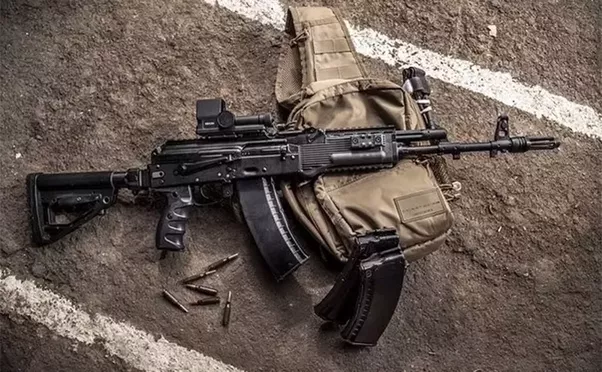
Generally speaking, AK family proved itself to be more
reliable, compared to AR in various combat situations, plus 5.45mm has overall
better record and ballistics, compared to 5.56mm[1].
2. SU-35S
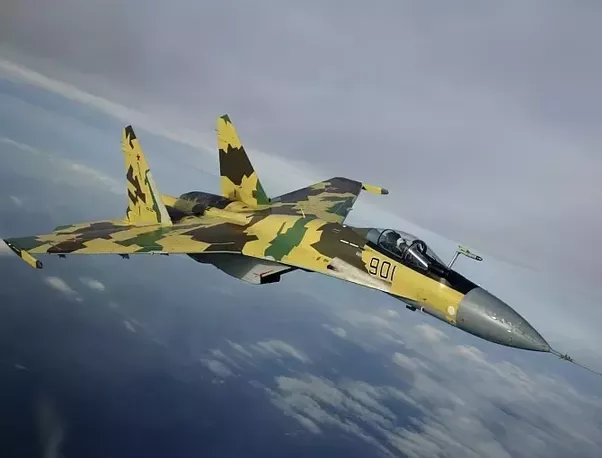
This aircraft has overall better characteristics, compared
to any other US 4th gen aircraft [2]. The Flanker is often compared to the F-15
Eagle, but really they are of slightly different classes, because the Flanker
was designed to beat the Eagle. Both have so far had a win streak of no
air-combat losses (both have a few losses to ground fire). Neither have yet to
face each other in combat. In mock combat, the Flanker come out on top. The
F-22 is designed to beat the Flanker but within visual range, the Russian
fighter will give the Raptor a tough time.
The airframes of Russian fighter planes (such as Sukhoi
Su-35) are very competitive and by some metrics exceed US airframes. However,
Russian aircraft engines, avionics, missiles and overall integration tend to
lag behind, especially when mass-produced. Recent US fighter planes are optimized
for stealth and beyond-the-visual-range networked combat, where dogfights don’t
happen and enemy’s missiles have nothing to lock onto. While competent
dogfighters, they apparently offer no serious advantage in this category over
recent Russian fighters.
The Russian Air Force continues to operate several hundred
Flankers in various configurations. The basic Flanker frame has proven
remarkably flexible for upgrade, and has become the platform of choice for
discerning fighter customers. Variants of the Flanker include the Su-30
multi-role fighter, the Su-33 carrier-based fighter, the S-34 fighter-bomber,
the Su-35 air superiority fighter, and several Chinese knock-offs.
The Flanker has never met the most advanced Generation 4 and
Generation 4.5 aircraft in combat, and it obviously has never engaged the
F-22. Nevertheless, we can expect that
it will give fits to pilots of Eagles, Vipers, and Typhoons, and may even cause
problems for Raptors. The Russian Air
Force has developed tactics for using Flankers to fight stealth fighters that
concentrate on taking advantage of the plane’s remarkable maneuverability to
survive the first missile attack.
Moreover, the Flanker is heavy and fast enough to hit hard and then
retreat to safety before any NATO fighters can catch it.
3. Kornet-1D
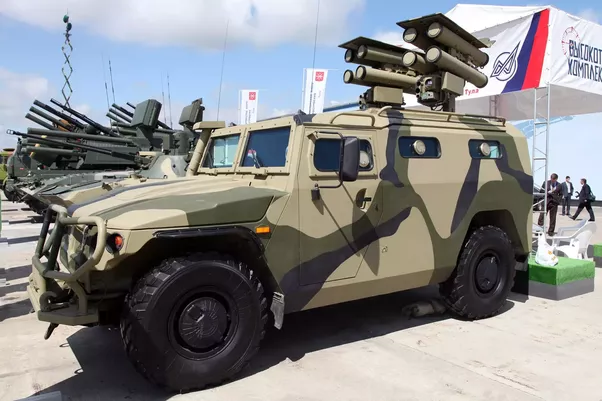
The ATGM is capable of firing at the maximum range of 10km,
tricking APS and engaging tank from above [3].
4. S-400
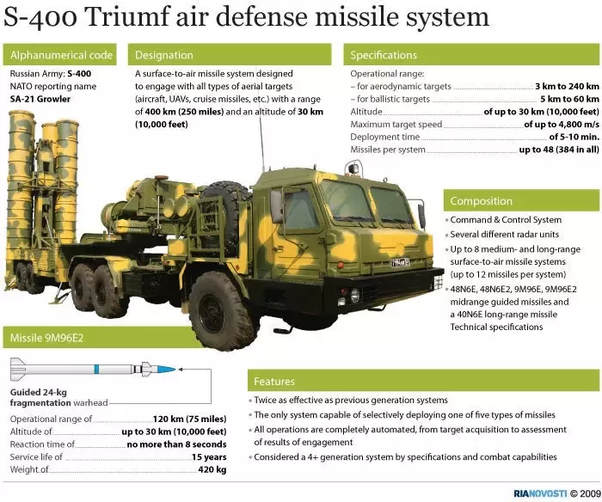
5. Pantsir-S1
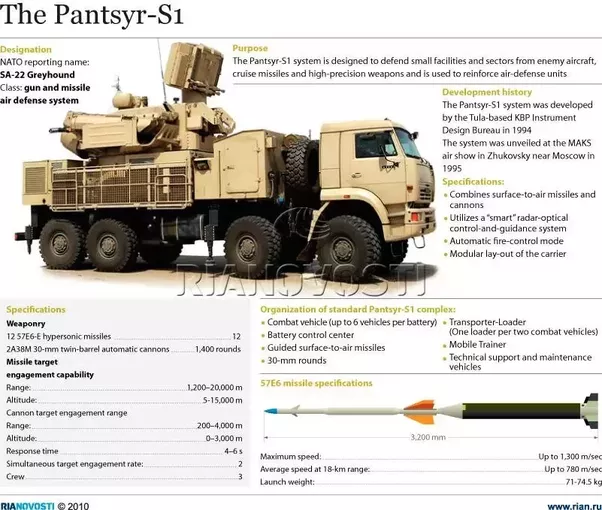
6. Iskander-M
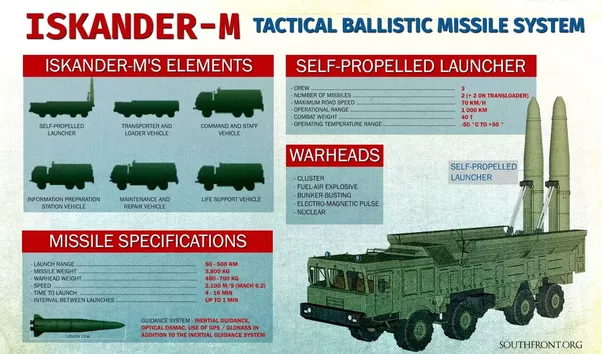
7. Topol-M
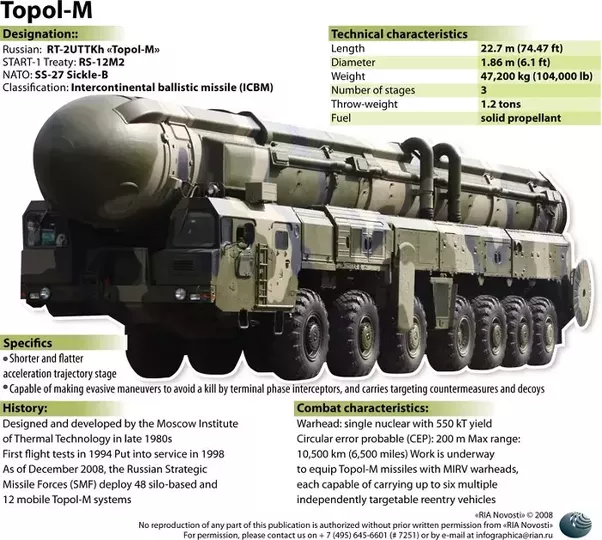
8. Krasukha-4
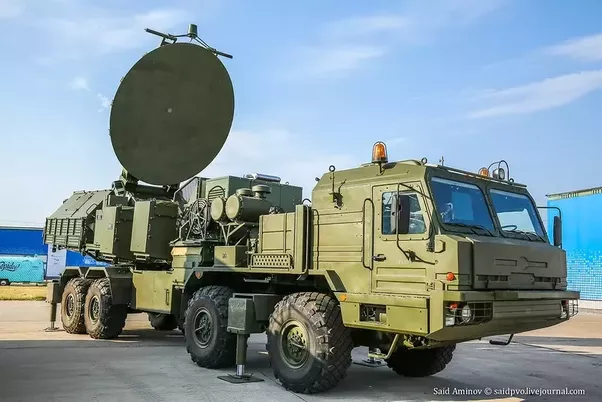
This electronic warfare system is capable of jamming any radar
(both air and land based) within a range of 300km). The Russians have
traditionally been much more serious practitioners of electronic warfare. Their
technology may not be better than the U.S. tech, but the sheer diversity of
their systems as compared to U.S. systems is impressive. Their serious pursuit
of EW suggests that they may have some superior systems, as well.
9. Tu-160
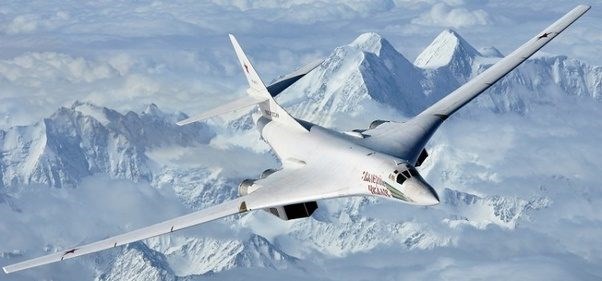
Many people tend to compare it to B-1, which is quite wrong
basically. B-1 is a pure bomber, whereas Tu-160 is a cruise missile platform. If
you go by raw numbers, Tupolev Tu-160 is spectacular – a huge strategic bomber
with record-breaking top speed. However, it is not stealthy. It is expensive,
and Russia has only about a dozen in operation. Is it overall better than
Northrop Grumman B-2 Spirit? – not even close.
10. AGS-30
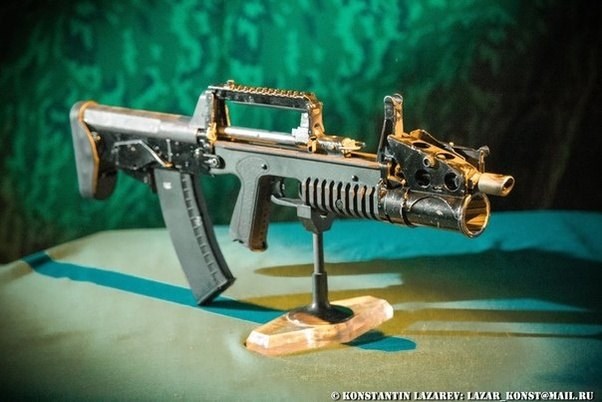
Generally, compared to this toy, Mk.19 has far bigger weight
and smaller range.
11. RPG-30
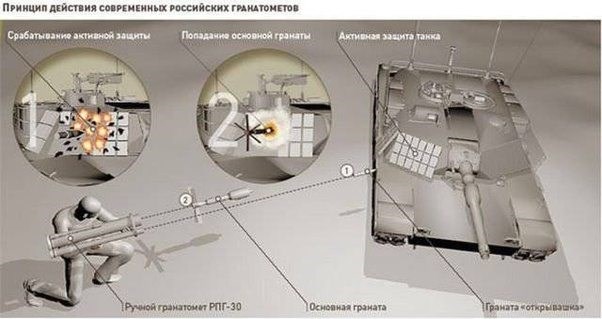
Basically, the only RPG right now, which is capable of
tricking Active Protection System [APS] of a tank.
12. Murmansk-BN
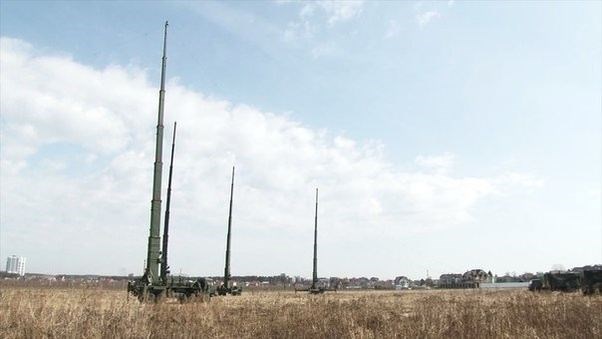
This is probably the most powerful Electronic Warfare
system, which is capable of jamming any radar in the range of 3000–5000km.
13. R-27
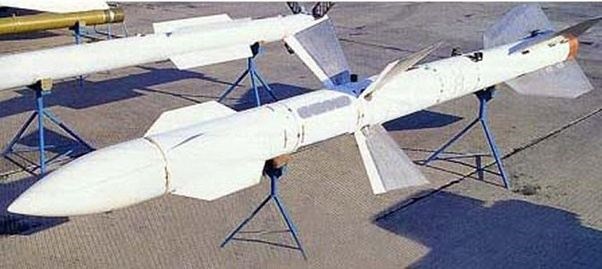
The missile is capable of taking down AWACS from long
ranges.
14. Rtut-BM (Quiksilver-BM)
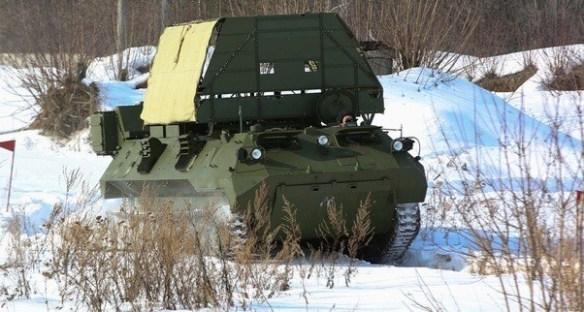
Probably… the most efficient anti-artillery Electronic Warfare
right now[4]
15. ADS

The most modern semi-amphibious assault rifle out there,
which can be used both in regular combat and under water as well. Russian
military divers are aimed to perform diversions, protect sensitive parts of
underwater infrastructure and they are really-really big deal that every single
thing about them is top secret.
16. Ka-52
17. IWT LF640 MK2
18. SVLK-14S ‘Twilight’
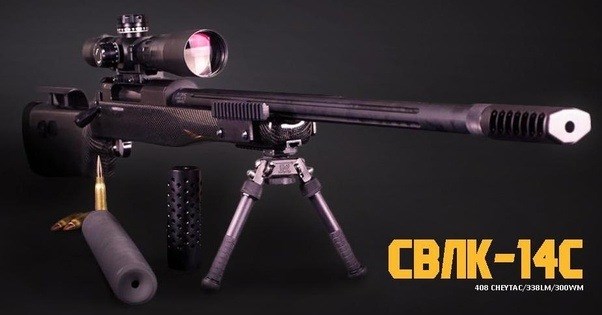
Currently, this rifle has the longest range for the moment.
19. 2S4 Tulpan
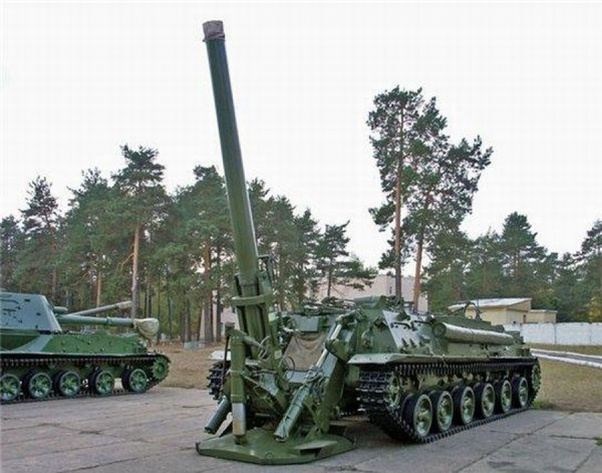
The howitzer has the biggest calibre out there – 240mm. and
capable of destroying most constructions, which can’t be taken down by 152mm
and 203mm.
20. SU-34
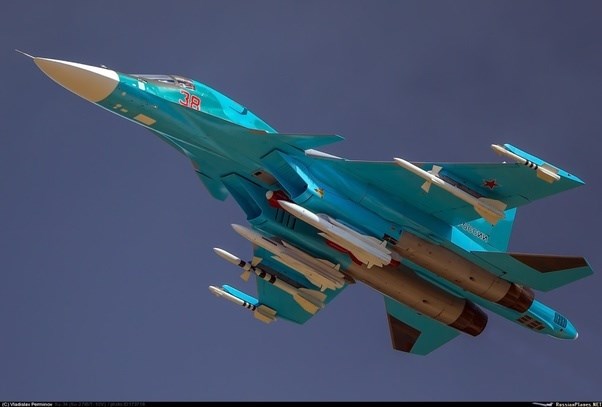
People tend to compare it to F-15 Strike Eagle, which is…
wrong again. Russian equivalent of F-15E is SU-30SM. Su-34 on its part is a
pure air-to-ground bomber and actually does not have a US equivalent.
21. Moskva-1
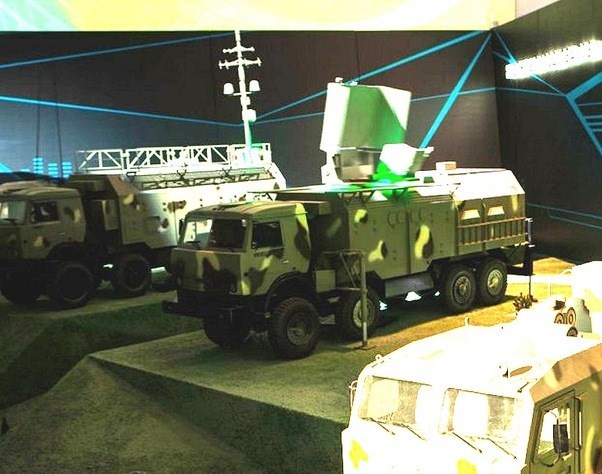
The 1L267 Moskva-1 is a ground-based passive radar system
that can see and track all airborne targets at a distance of up to 400
kilometers. As said the Moskva-1 does not emit radar signals only receives and
analyses the outer ones remaining invisible to the enemy. The passive radar
system is able to classify a target as a missile or an aircraft. Then it can
transmit the target’s coordinates to a nearby air defense system or to the
command post. Besides, the Moskva-1 passive surveillance radar can guide air
defense jets to the target while keeping their radar off staying invisible to
the enemy.[5]
22. BMPT-72 ‘Terminator’
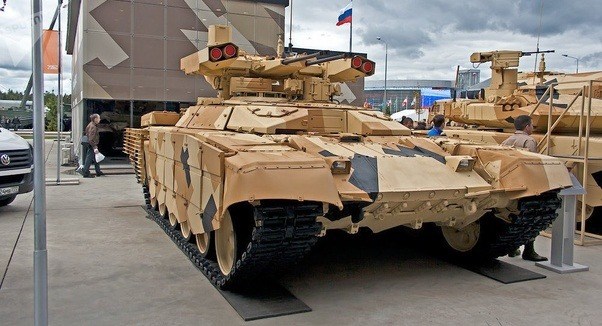
Basically, the only tank supporting vehicle for now.
23. VSS Vintorez
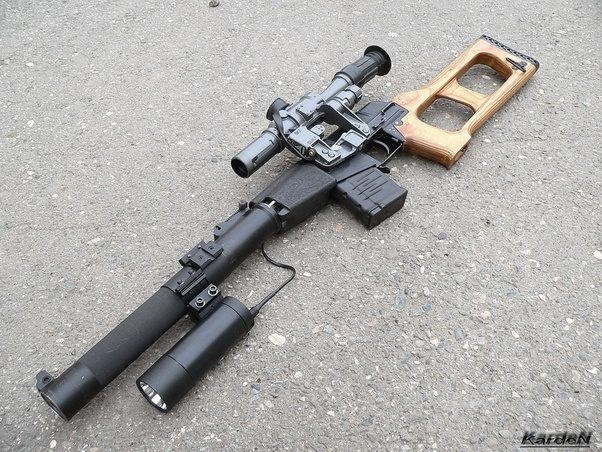
A small-calibre automatic sniper rifle which uses a suppressor-barrel.
Basically, perfect for stealth missions.
24. 2K22 Tunguska
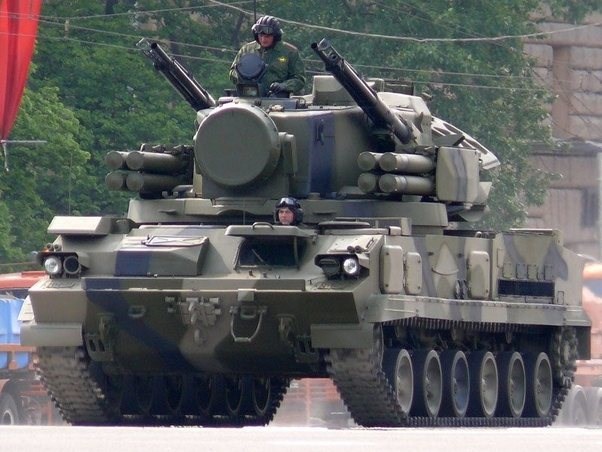
Russian tracked anti-aircraft system with AA gun and
missiles. Largely considered to have one
of the fastest reaction times to threat in mid-to-low altitude. The system can automatically track and
engage targets using gun, missile or both.
The vehicle has two radar – one for detection and the other from
tracking. This means that it can
continue to scan the sky while engaging a target.
25. AN-94 Abakan
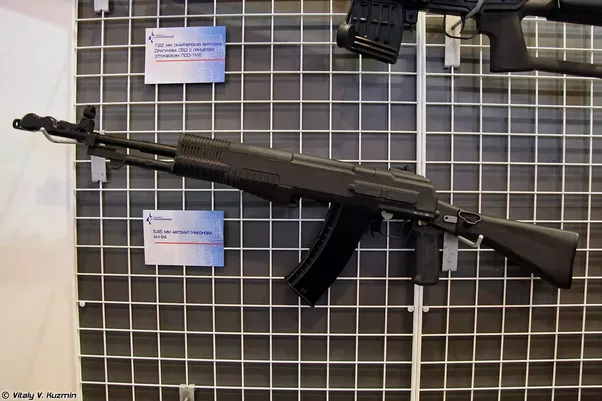
The key improvement of the AN-94 over the AK-74 is the
introduction of the 2-rounds burst mode, added to the standard single shots and
full auto mode. The two rounds bursts are fired at very high rate of fire, and
a trained shooter can make a single hole in the target at 100 meters in this
mode. This allows for significant increase in lethality, stopping power and
body armour penetration over the single shot mode, with the same “singles
hot” accuracy. The full auto mode of AN-94 consists of the two stages
-first two rounds are fired in the “high rate” fire, and the remaining
grounds are fired in low rate of fire, until the trigger is released or the
magazine is emptied. In the single shots or the full auto mode, there’s no
significant advantages over the AK-74. At this point, one can ask “is all
this complication of the AN-94 mechanism worth the achieved results”? From
my point of view, there’s no simple answer. The trained professional warrior
can use the 2-rounds burst capability of AN-94 to the great degree of success,
but prior to this, a lot of time and resources should be spent to train this
professional soldier to use AN-94 effectively [6]
Conclusion
“Perfection is the enemy of
good enough” is an old Russian saying.
Russian engineering puts
raw function above all else – let the operator conform to the device and not
the other way around. That means, for example, a Russian fighter jet can
operate under rather more difficult conditions than American designs; the
tradeoff is that the learning curve will be steeper because there’s nothing to
save impaired or incompetent pilots from themselves. (See also American GIs
stealing Kalashnikovs from the VC because the mud was ruining their M-16s.)
Russian subs have circular hatches between compartments instead of door-shaped.
Your Russian truck may be crap, but at least it’ll start consistently in the
winter.
Nikolaev and Kamaz win third Dakar in a row
Russian equipment may be
rough at the edges and far from elegant, but it works and is readily
serviceable in the field. It’s more likely to work under field conditions and
be capable of being maintained in working condition even where there is no
logistics backup or spare parts availability. It’s therefore frequently more
fit for purpose.
Superior technology is not always the margin of victory.
Training, and systems reliability are important. Russian airborne radar and jet
engines have terrible reliability records. Just ask the Indians. Also, there is
a point where superior technology cannot overcome superior numbers. It is also
worth keeping as much of your tech edge under wraps as much as possible, so who
knows who really is superior.
There is little question that NATO weaponry remains technologically ahead of Russian. The existence of a gap was clear in the 1980s, and the size of the gulf has grown since. However, the Russian military still commands sufficient resources, and can harness enough innovative thinking, to hurt
Footnotes
[2]
Russia’s Su-35 Fighter:
The Only Thing You Need to Know
[3]
УБИЙЦА ТАНКОВ
НАТО! Корнет-Д1! РУССКИЙ ТИГР! История Оружия